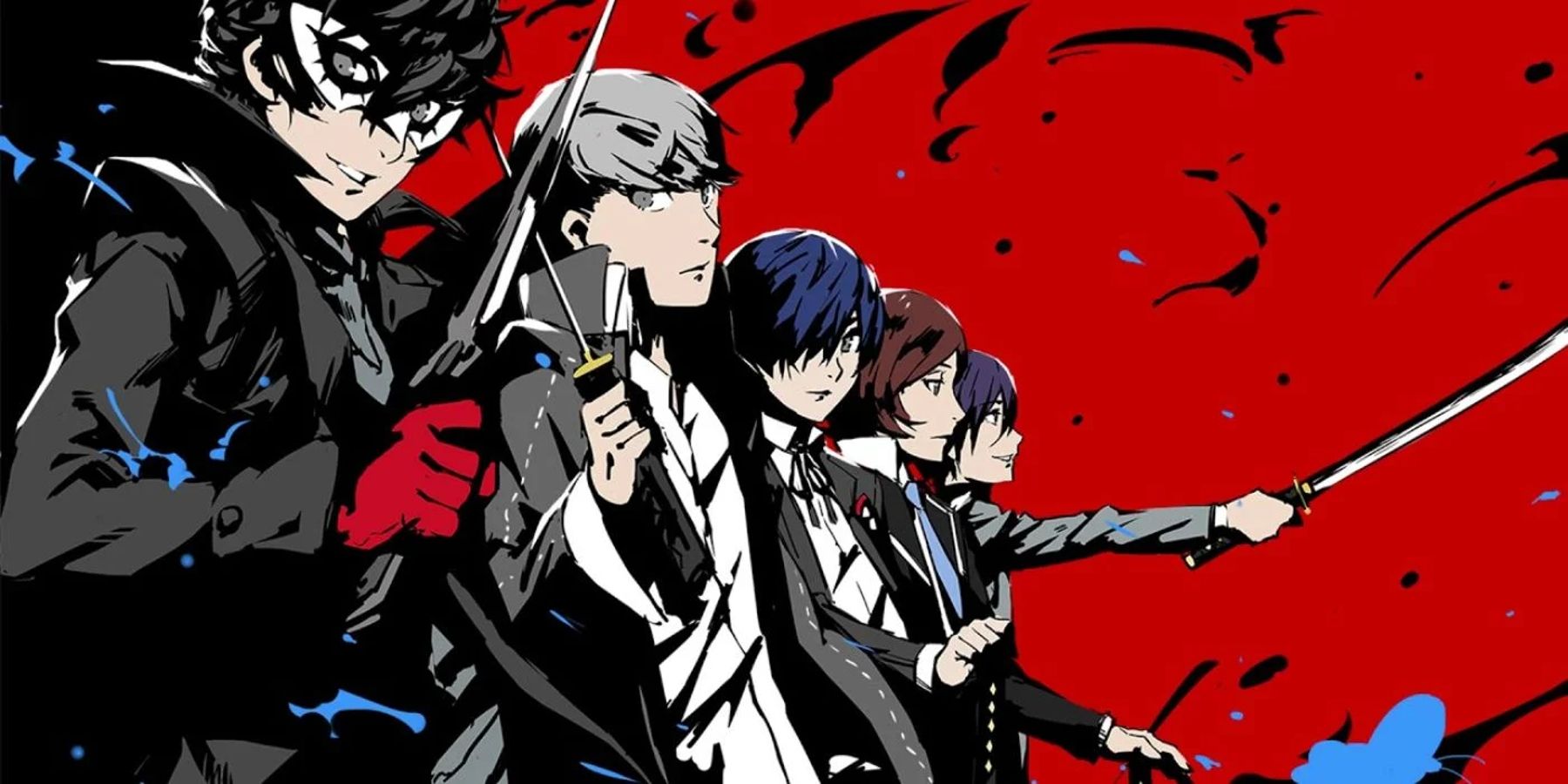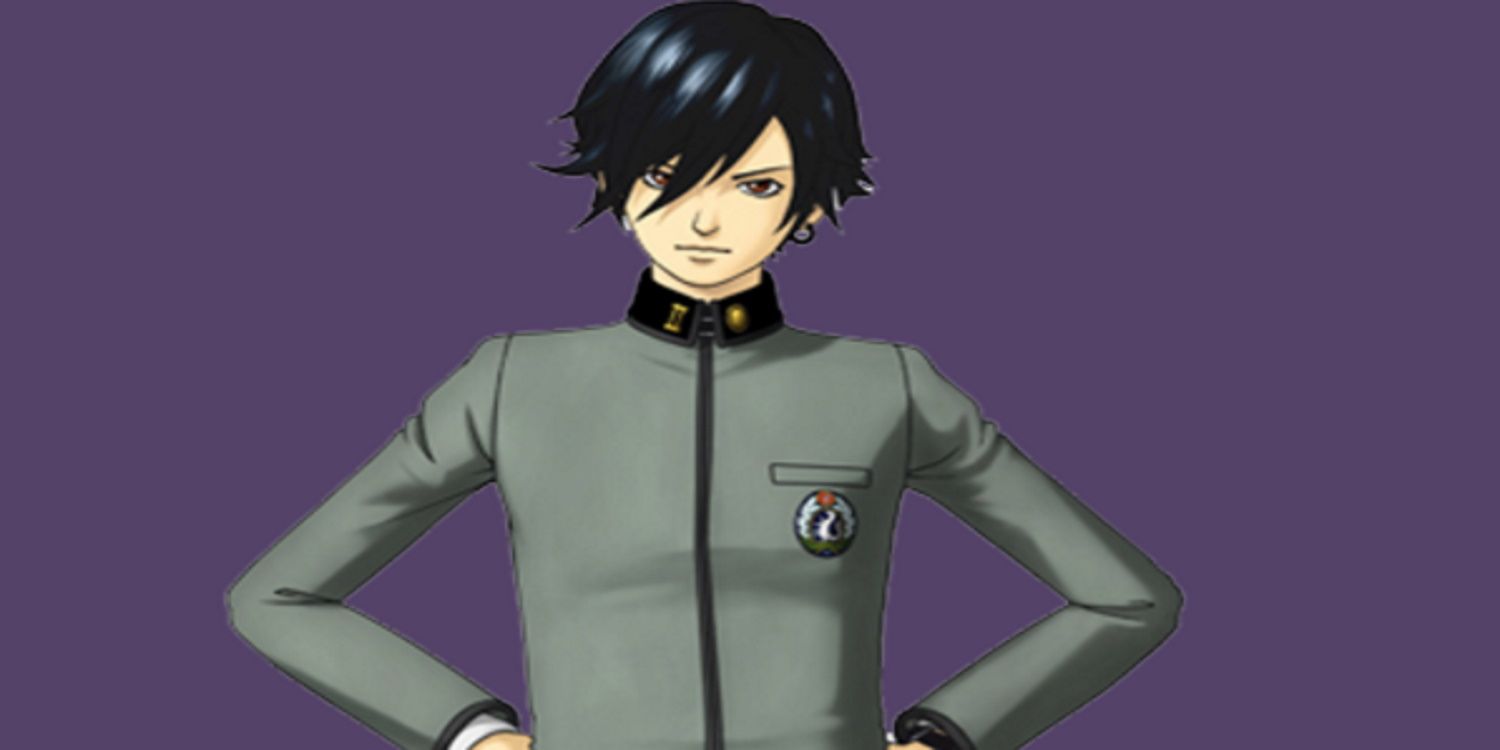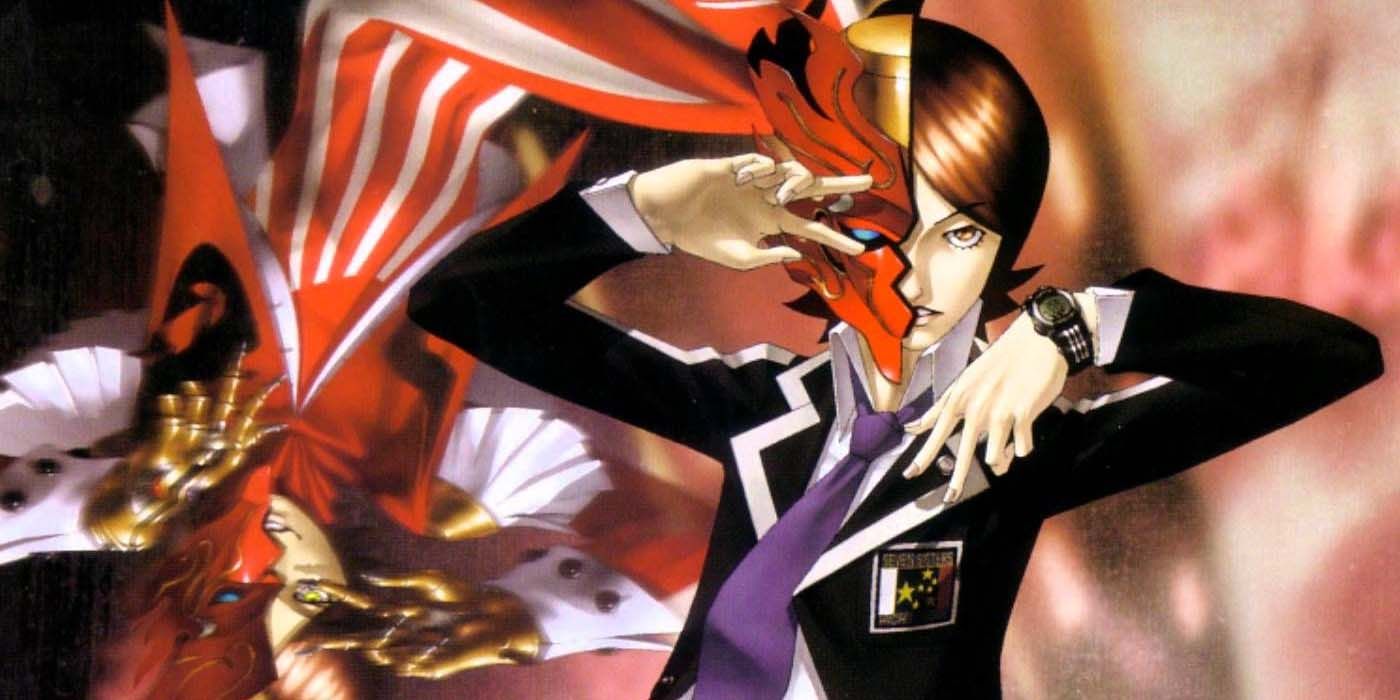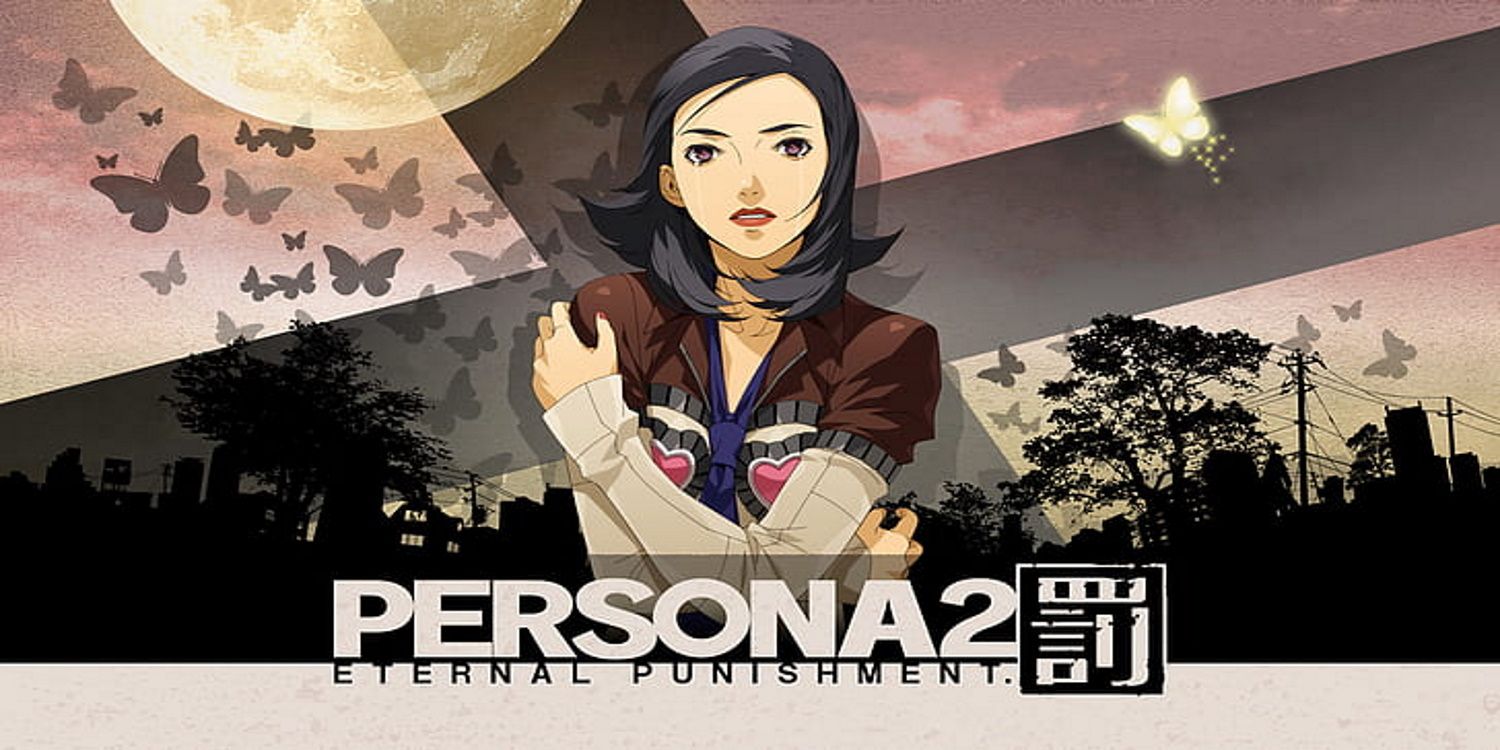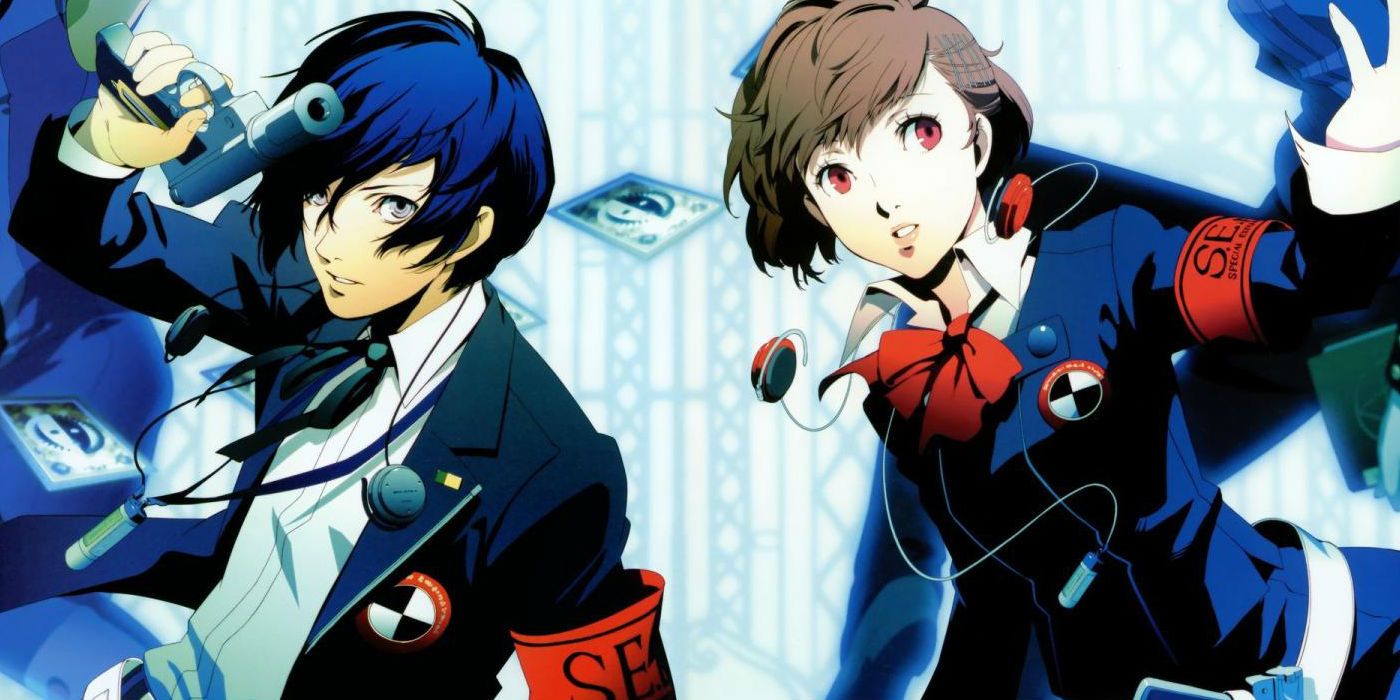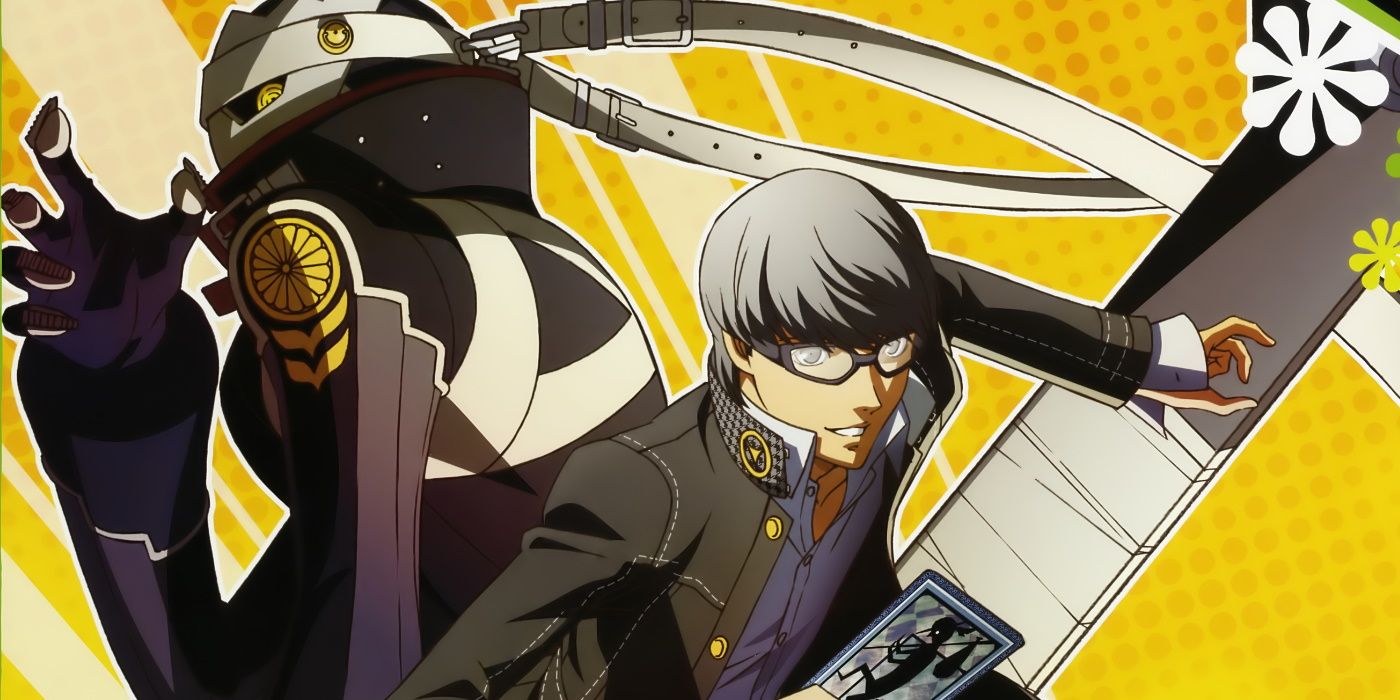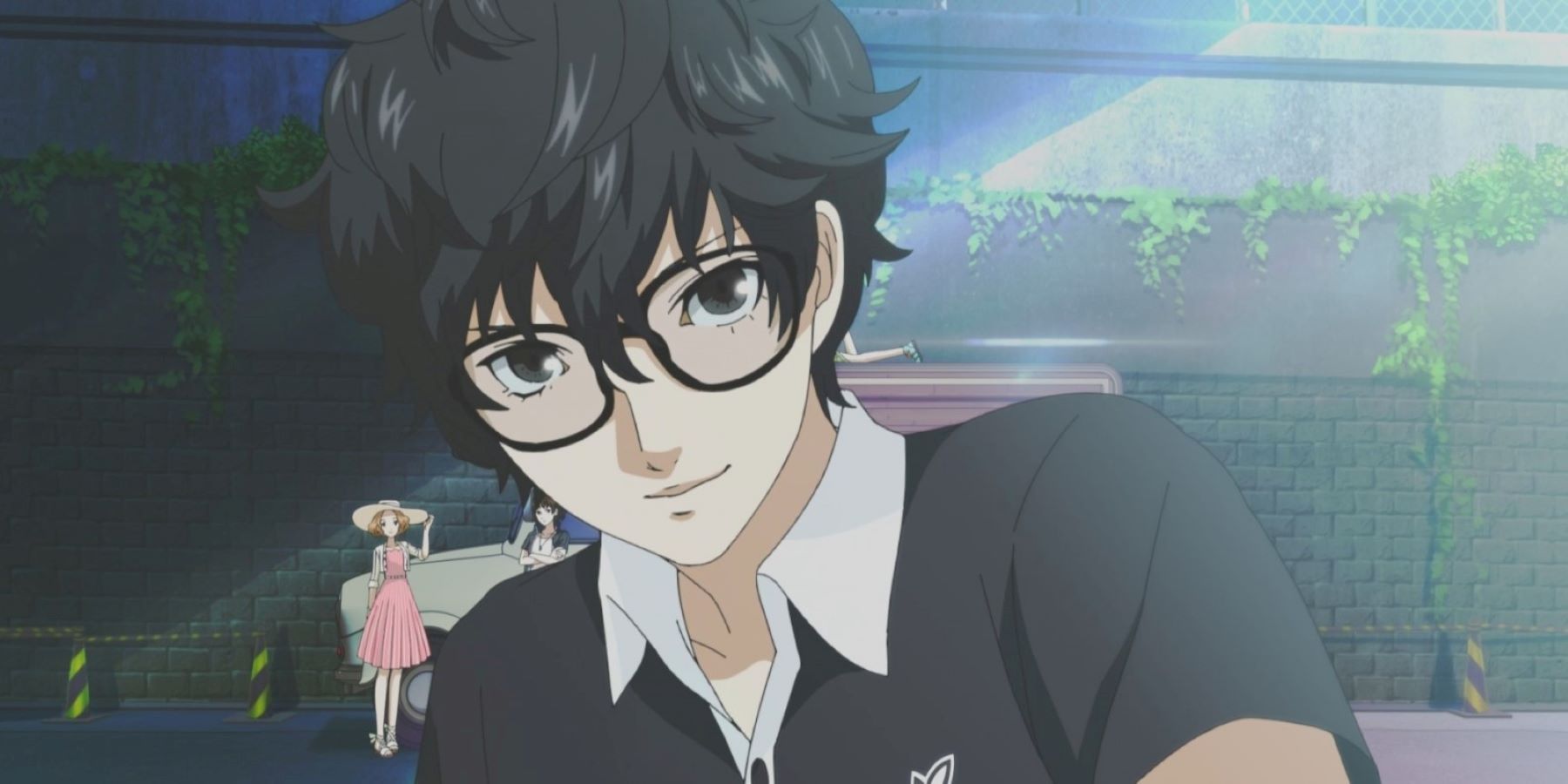The Persona series is well known for its hybridity that incorporates dungeon-crawling JRPG elements and branched life simulation aspects into its gameplay. What makes these features, as well as listening to the memorable songs, beating up miscellaneous demons, and outplaying dialogue trees all the more worthwhile is Persona's colorful cast of characters.
The protagonists, being relatively silent blank slates, tend to be the exceptions in that regard, but even they have interesting characteristics in their own right, including character depth as depicted in each Persona game. Regardless of their status as avatars for players to project themselves onto, Persona's heroes all have subtle characterization that remains unaffected by the story or the player’s decisions.
Persona 1's Boy with Earring
The game that started it all tends to be the most forgotten installment in the series. Quite unfitting for the arcana his successors would represent, the game’s protagonist is such a blueprint for what was to come that the closest thing he has to a canon name is 'Boy with Earring.' Despite this revealing nickname, one of the first international release of Persona’s debut game, many infamous changes got rid of the protagonist’s piercings. As a result, the protagonist can’t live up to the single term he might be frequently known as.
The Persona games tend to be self-contained stories with the occasional reference, Easter egg, or cameo thrown in for good measure, especially in Persona 5, but there is substantial continuity between the original Persona and the set of two games that succeeded it. While the Boy with Earring doesn’t physically appear in either Innocent Sin or Eternal Punishment, the latter’s epilogue implies that he finally returned from his hiatus when someone knocks on the door and opens it when the Persona users reunite at the Parabellum Bar.
Persona 2's Tatsuya and Maya
This game is actually a duology with two protagonists, one male and one female, but they are completely different characters altogether unlike Persona 3 Portable’s take on choosing between a male and female player character.
Both Tatsuya and Maya were initially the only protagonists in the series with canonized names. Persona 4 Arena changed that with jack-of-all-trades Yu Narukami, though this is sometimes debated among fans. Additionally, since they’re protagonists and party members in different instances, they are the only protagonists in the series to regularly talk at some point in the mainline Persona games. Tatsuya is also the only protagonist in the series that can possibly be in a same-sex relationship, with Jun being a potential partner for him.
Maya stands out demographically and narratively. She is the only protagonist to be an adult in her story, as well as the only female protagonist to be present throughout the entire story, as opposed to Persona 3 Portable. Despite being Eternal Punishment’s official main character, the game tends to focus on Tatsuya’s own character development at the expense of Maya’s, causing her to become sidelined, despite being a playable character.
Persona 3's Male and Female Protagonists
While “hidden” is a rather generous way to describe this detail, the third game’s protagonist is the only one not to be limited to a male option. Even though it had to require a PSP remake of a game that was already released twice on the PS2, Persona 3 Portable remains the only game in the series with a female protagonist whose purpose in the plot is the exact same as her male counterpart barring how certain Persona social links can proceed.
Persona 3 can be a rather gloomy game at times, and the male protagonist, was the initial main character before Portable introduced the girl. Unlike his female counterpart, the male protagonist’s overall aesthetics and implied demeanor reflect the game’s tone. Despite this attitude, dialogue trees and actions in social links reveal the protagonist, unexpectedly for the boy and a bit less so for the girl, to be extraordinarily compassionate toward even oddballs like Aigis and Koromaru. These humanizing moments make Persona 3’s ending all the more poignant.
Persona 4's Yu Narukami
Out of the post-PS1 era Persona games, the fourth installment protagonist is the most well off, both in-universe and among console additions despite Persona 4 being an exclusive for a long time until the PC port. Yu Narukami isn’t orphaned like his predecessor nor is he ostracized by society for something he didn’t actually do like his successor. For a protagonist in a series where teenagers and young adults explore fantasy worlds based on a person’s psychology, Yu’s life is remarkably typical.
That being said, despite being set up in a less dramatic way than the Persona 3 or Persona 5 protagonists, Yu has his own quirks too. For one, he seems to have a consistent interest in magic, as shown a few times when he tries to cheer up his cousin Nanako. In the game itself, he’s notably angst-free compared to his peers, but in the first anime adaptation of Persona 4, he also has to confront his Shadow Self like everyone else. This scene reveals his crippling fear of loneliness and lack of will to leave his friends behind when it'd be time to go. Additionally, Yu shares his voice actor with his uncle’s inept business partner Adachi, a detail that becomes a lot more ominous as the game progresses.
Persona 5's Joker
Persona 5’s protagonist is arguably the most famous of the bunch at this point, especially since he’s the face of Persona in modern crossovers such as Super Smash Bros. Ultimate. Nevertheless, even he has traits that aren’t blatantly spelled out. Joker’s glasses are an ironic aspect of his design. He doesn’t actually need them, but he wears them to look ordinary. Even though he’s not actually visual impaired, he remains the only bespectacled protagonist in the series as of now, meaning that he now sticks out due to an accessory that he wears to blend in.
Joker's Persona, especially his Ultimate Persona, has possibly the strongest symbolism out of any of the protagonists' Personas. His Ultimate Persona, Satanael, evokes themes of freedom and the chaos that comes with it present in the Fool arcana. The Gnostic counterpart of Satan, he too was a rebel, sometimes even a rebellious angel depending on the myth. Like Satan, Satanael yearned for freedom but paid the price for his pride. This perfectly connects to Joker's character, who feels just as trapped by society as the other Phantom Thieves and has a tendency to sport a notably arrogant smile whenever he has an opportunity to rebel against societal corruption in the Metaverse.

